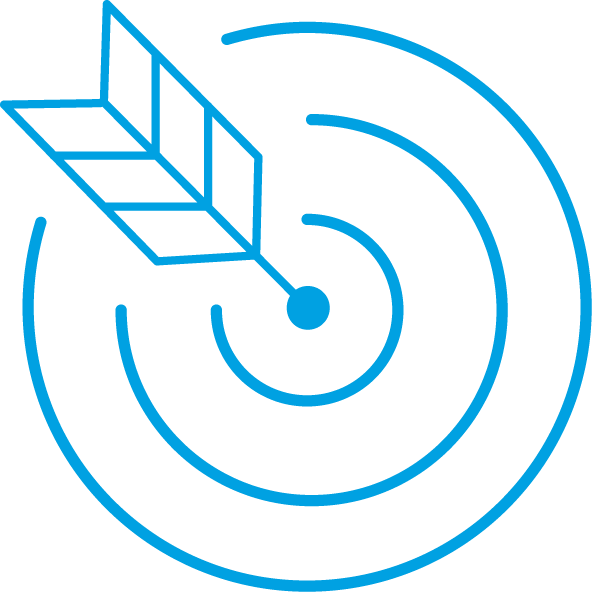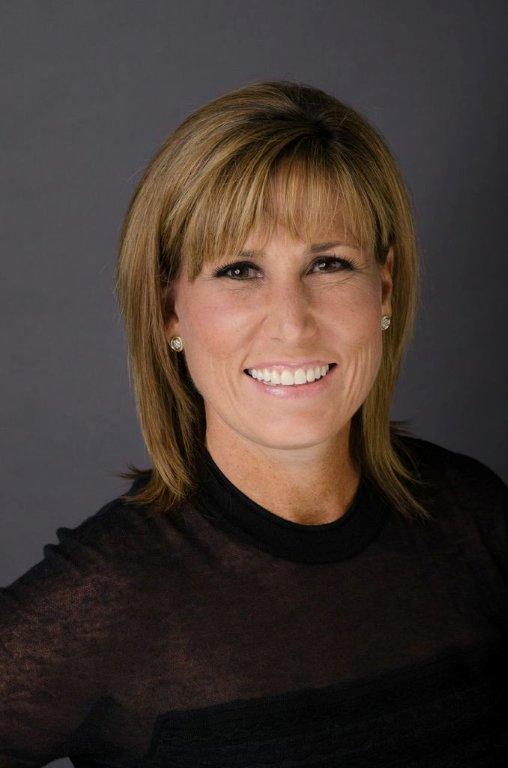When I opened my personal email “inbox” this morning, I counted seven solicitations from organizations and friends that in one way or another asked me to contribute to a very worthwhile cause. I’m sure I’m not alone. We’re all frequently asked to donate to non-profit organizations.
Most of us find it somewhat easy to delete the emails, discard the “junk” mail that arrives in the mailbox, and ignore the radio/tv commercials, but we find it harder to say no to requests from friends and family. The challenge is, there are so many good causes. How do you decide which gets your money?
In my 30 years as a financial advisor, and currently as a wealth advisor at Morgan Stanley, I’ve watched hundreds of clients give away generous amounts of their money, without any type of strategic plan. They write a check for a couple of hundred dollars, buy a table at a fundraiser, or bid generously in a silent auction.
While “every dollar counts” to many organizations, it’s my opinion that your donations should not be ad hoc. Instead, approach philanthropy with forethought and include it in your overall wealth-management strategy. I believe that families or individuals who are fortunate enough to be able to make sizable donations should do so with passion. There are four steps to making this happen.
Steps for Choosing Wisely
Step One: Soul Searching
Spend some time thinking about what matters to you. If you can’t decide, try taking an interest inventory test. These self-administered questionnaires ask you about your likes and dislikes and can help you discover something you feel passionate about. Include your spouse and adult children in the decision as this may help create another generation of passionate supporters.
The goal is to pick one or two areas to concentrate on. Some examples include fighting hunger, protecting children, animal welfare, the arts. A focused approach ultimately enables you to donate more money to fewer organizations, which will have a greater impact.
Step Two: Decide what you want your impact to be

Think about how your donation can further your objective. We all hope that our donations are meaningful, so it’s important that you pick causes or charities that best meet your objective. Perhaps donating tablets to a school system achieves your goal of improving education for under-funded school districts. Will a contribution earmarked to purchase new equipment for a hospital provide better healthcare? Does creating an ongoing art scholarship sound interesting? Can funding a trap/neuter/return program reduce the stray animal population?
Step Three: Research which charities are aligned with your objectives

One way to begin is with Charity Navigator. Their website allows you to look up a specific charity by name or search by keyword. They rate charities “by evaluating Financial Health and Accountability & Transparency… show[ing] donors how efficiently a charity will use their support, how well it has sustained its programs and services over time, and their level of commitment to accountability and transparency.”
Once you have identified a couple of possible candidates, contact them to schedule an in-depth interview. At that time, you can ask specific questions like:
- What is the goal of your current capital campaign?
- Can I earmark my donation for a specific campaign?
- How will my gift make a difference?
- How does your board inspire its team, board, and donors?
- In addition to my donation, what other ways might I be of help to your charity?
If you like their answers, it’s time to speak with your financial advisor.
Step Four: Prepare to say no
Prepare a thoughtful script to explain why you have selected that one (or two) organization(s). That helps you say “no” when friends/family asks for help for their favorite. You may find this a challenge at times. But when you explain that you’re maximizing the impact of your giving by narrowing your charitable focus and becoming more involved, others will respect your passionate response.
Creating the Charitable Giving Plan

Sitting down with your advisor is likely to be the easiest part of your journey. Together you can decide how much to give over what period of time and select the proper vehicle to maximize your donation. I recommend that you allocate 90% of the designated sum to one or two causes. The remaining 10% can be discretionary, for something unexpected that arises.
A good advisor will help you consider the tax benefit of your gifting strategy, which may enable you to be more generous or save on income tax. For example, a common recommendation of creative advisors is to avoid large cash donations and, instead, gift highly appreciated stock. Your conversation may also include a discussion of donor-advised funds, donating directly from an IRA, or establishing your own charitable giving trust. These discussions allow you to maximize the impact of your donations.
The Gift of Time
It’s important to remember that charities need more than money. If you’re heading into retirement or already retired, consider gifting your time and expertise. For example, one of my clients has an HR background. She’s donating her time to help a 501 (c) 3 with recruiting efforts. Another client has real estate experience. He helps local organizations buy and sell property. A friend owns a marketing business. She helps the local cat sanctuary promote its activities and raise funds. The examples of involvement are endless, and each has enriched the giver’s retirement years immensely.
Giving Promotes Happiness
Don’t be concerned that giving money away will cause anxiety. Multiple studies have proven a link between giving and happiness. In one experiment, a group of people were given money. Half were required to spend it on themselves, and the second half were required to spend it on other people. Those who spent the money on others consistently reported feeling happier and got more pleasure out of the experience.1 And the feelings are not just emotional, they’re physiological. MRI data shows us that when people think about giving, the generosity activates a part of the brain that usually lights up in response to something pleasurable, like chocolate.
Sharing Family Values

A final important part of your strategic gifting plan should be to share your intentions with family members. Call a meeting, either in person or via videoconferencing, and explain your plans for helping others and increasing your own joy, while not neglecting your family.
It’s a great opportunity to teach your children and grandchildren about the complexities of managing wealth and discuss how the donor-advised fund, trust, or foundation will work. You can seek support and involvement by soliciting input, but don’t give into pressure.
You can use the words of my friend CJ McClanahan who says, “No longer are we defined solely by our income, job title, or size of home. Instead, the focus is moving toward our hearts and the amount of kindness we deliver to others.”
1 W. Dunn, Lara B. Aknin, Michael I. Norton, “Spending Money on Others Promotes Happiness Elizabeth.
The information contained in this column is not a solicitation to purchase or sell investments. Any information presented is general in nature and not intended to provide individually tailored investment advice. The strategies and/or investments referenced may not be suitable for all investors as the appropriateness of a particular investment or strategy will depend on an investor’s individual circumstances and objectives. Investing involves risks and there is always the potential of losing money when you invest. The views expressed herein are those of the author and may not necessarily reflect the views of Morgan Stanley Wealth Management or its affiliates. Morgan Stanley Smith Barney, LLC, member SIPC.

Kathy Roeser is a Managing Director and Wealth Advisor with the Wealth Management Division of Morgan Stanley in Chicago.

